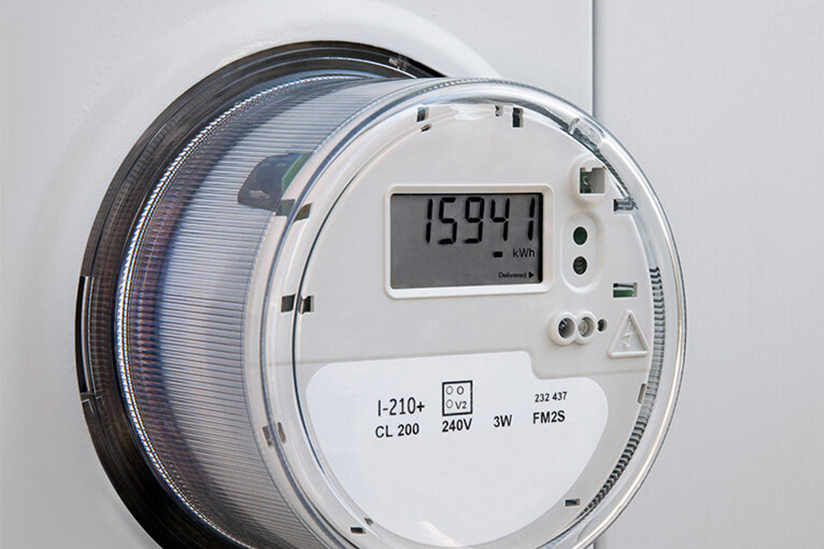Americans want their electricity to be cheap, clean and reliable, but that trifecta is becoming more elusive, thanks to climate change. According to a 2021 report by the nonprofit research organization Climate Central, more than 80% of reported major outages across the U.S. from 2000 through 2021 were caused by weather extremes, such as heat waves, wildfires and tropical storms.
We are an economist and an electrical engineer investigating how increased use of two-way smart meter technology can be used to reduce greenhouse gas emissions from the electricity sector and help the economy withstand climate-driven weather extremes. As we see it, adapting the power system to increasingly volatile weather will require a combination of user-friendly technologies and economic incentives.
The promise of smart meters
Until recently, most U.S. households had mechanical electric meters. Utility employees would visit each home to take a monthly reading that the company would use to calculate the household’s bill.
Starting in the early 2000s, utilities began rolling out smart meters, also known as advanced metering infrastructure, or AMI. These electronic devices measure a home’s electricity consumption and communicate it to the utility wirelessly every few minutes.
